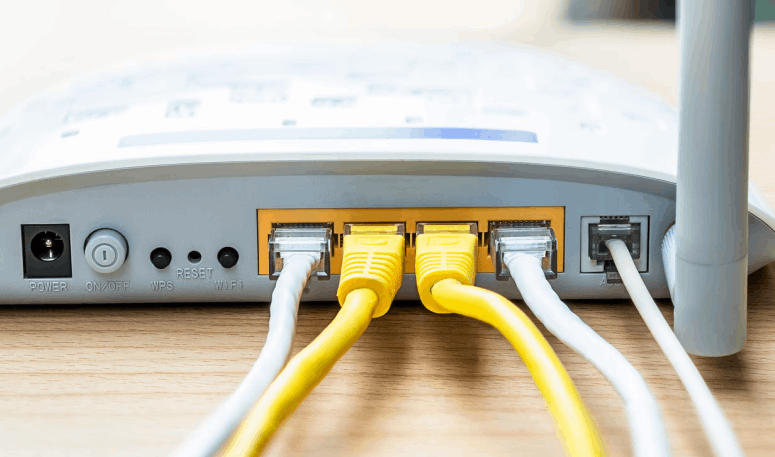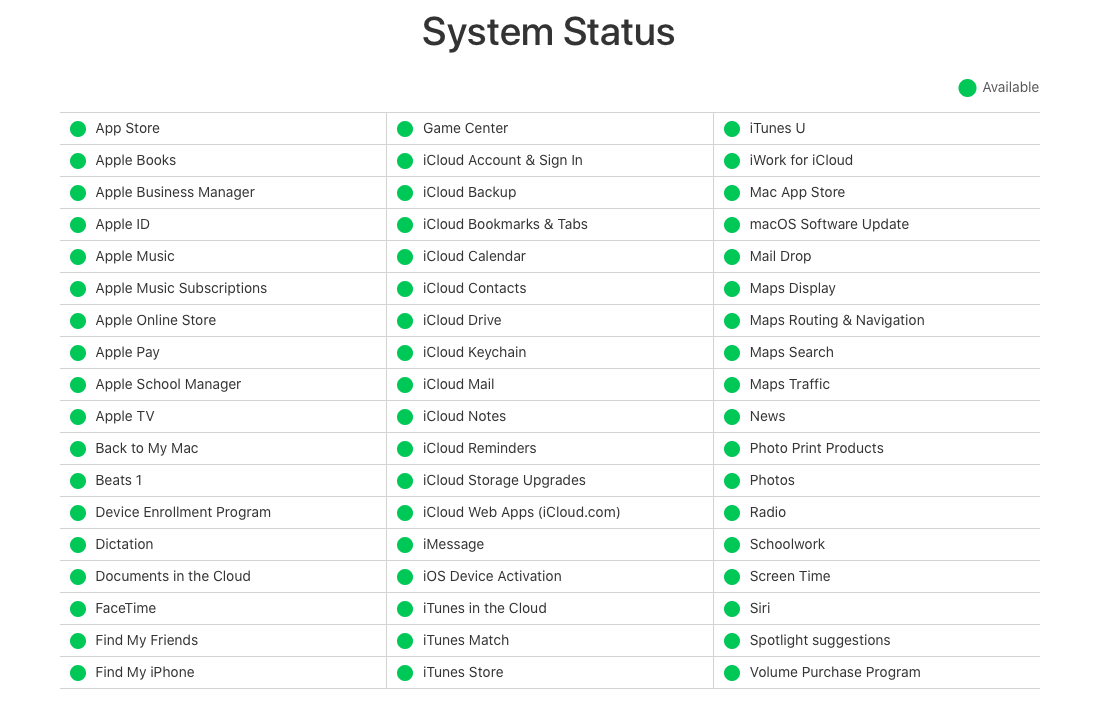Fixing The Recovery Server Could Not Be Contacted in macOS Mojave
Finding a solution to the “Recovery Server Could Not Be Contacted” error in macOS Mojave can be a frustrating experience for users.
Understanding the “Recovery server could not be contacted” error on macOS Mojave
If you receive the “Recovery server could not be contacted” error on macOS Mojave, there are a few ways to fix the issue. First, make sure you have a stable network connection, either through Ethernet or Wi-Fi. If that doesn’t work, try restarting your computer in Recovery mode by holding down Command + R during startup. You can also try using Terminal to reset the recovery server feature with the command sudo nvram “recovery-boot-mode=unused“. If none of those approaches work, you may need to reinstall macOS. To do so, use Disk Utility to erase your hard drive and reinstall the operating system, or use the internet recovery mode to reinstall macOS from scratch. For more information and solutions, check out our guide or contact Apple support.
Troubleshooting the “Recovery server could not be contacted” error on macOS Mojave
If you’re experiencing the “Recovery server could not be contacted” error on macOS Mojave, there are a few ways to troubleshoot the issue. First, make sure your network connection is stable and try restarting your computer. If that doesn’t work, you can try accessing the recovery server feature through internet recovery mode. If that still doesn’t work, you can use Terminal to check the status of the recovery partition and network connection. If the problem persists, you may need to reinstall macOS using Disk Utility or an installer. For more detailed guidance, check out our recommended solutions in our article titled “Fixing The Recovery Server Could Not Be Contacted in macOS Mojave.”
Checking network connection and Apple’s servers to fix the error
- Check Network Connection
- Ensure that your computer is connected to the internet.
- Check Ethernet or Wi-Fi connections and make sure that they are not loose.
- Restart your modem and/or router.

- Check if other devices on the same network can connect to the internet.
- Check Apple’s Servers
- Go to Apple’s System Status page and check if any services are down.
- Check for any scheduled maintenance on Apple’s support page.

- Try to connect to Apple’s servers again after a few minutes to see if the issue is resolved.
Verifying time and date settings to resolve the error
To fix the “Recovery Server Could Not Be Contacted” error in macOS Mojave, it’s important to verify your time and date settings. Incorrect settings can prevent your Mac from connecting to Apple’s recovery servers, causing the error message to appear.
To verify your time and date settings, go to the Apple menu and select “System Preferences.” From there, click “Date & Time” and ensure that the “Set date and time automatically” option is enabled. If it’s already enabled, try disabling it and then re-enabling it.
If you’re still experiencing issues, restart your Mac and hold down Command + R to boot into Recovery mode. From there, you can access the Apple Recovery interface and use the available options to troubleshoot the problem. Alternatively, use the macOS Recovery Status page to check the status of Apple’s recovery services.
By following these steps, you can resolve the “Recovery Server Could Not Be Contacted” error and get your Mac back up and running.
Using macOS installer or updating/reinstalling macOS as a solution
If you’re experiencing the error message “The Recovery Server Could Not Be Contacted” on your macOS Mojave device, using the macOS installer or updating/reinstalling macOS can be a solution.
First, check your internet connection and try again. If the issue persists, boot your device into Recovery Mode by holding down Command + R during startup. From there, you can try to reinstall macOS or update to the latest version.
If you don’t have a Recovery partition, you can create one by following this guide from Apple: https://support.apple.com/en-us/HT201314.
It’s important to note that this error message can appear for various reasons and may require different approaches to fix. If you’re still experiencing problems, consider seeking further information or assistance from Apple support or reliable resources such as MiniTool Software.
Erasing Mac disk and reinstalling macOS to fix the error
To fix the error “The Recovery Server Could Not Be Contacted” in macOS Mojave, you can erase your Mac disk and reinstall macOS. First, make sure you have a backup of your important data. Then, follow these steps:
1. Restart your Mac and hold down Command + R until the Apple logo appears.
2. Select “Disk Utility” and choose your startup disk.
3. Click “Erase” and select “Mac OS Extended (Journaled)” as the format.
4. Once the erase is complete, exit Disk Utility and select “Reinstall macOS” from the Utilities menu.
5. Follow the on-screen instructions to reinstall macOS.
This method can also be helpful in case of other issues, like slow performance or frequent crashes. Make sure to have a stable internet connection and the latest version of macOS Mojave or the version you prefer. If you’re not comfortable doing this yourself, consider taking your Mac to an Apple store or authorized service provider.


